Choosing the right isopod substrate is a key part of raising a healthy culture.
Naturally, we all want the best for our little critters, but seeing as isopods often eat the substrate that they’re living in… Well, practicality and cost-effectiveness can become an issue.
That’s why it’s a balancing game between two (sometimes opposing) needs – nutrition and habitat.
In this guide, we’ll cover everything you need to know about isopod substrate mixes. From the simple substrates for beginner cultures to the fully optimized mixes for your designer isopod species, we’ve got something here for you.
Let’s dig in.

Terrarium Tribe is reader-supported. When you purchase through links on our site, we may earn an affiliate commission (at no further cost to you). 💜
Isopod Substrate – Key Considerations
1. Moisture Retention
Perhaps the most important part of an isopod substrate is its moisture-retentive capacity.
After all, isopods directly use moisture in the substrate to regulate their own moisture levels. As you might imagine, with terrestrial crustaceans, it’s pretty critical!
The amount of water in the substrate is also the biggest influence on the relative humidity in the container.
Different species of isopod have different needs on both fronts, so it’s worth doing your research on your chosen isopod species.
- For isopods that like overall wetter conditions and high humidity (e.g., Dairy Cow Isopods), you might want to increase the amount of moisture-retentive material throughout. We’ll get into what materials to choose later.
- For the famously “dry guys” like the Giant Spanish isopods (e.g., Porcellio werneri and Porcellio hoffmannseggi), a strong moisture gradient is required. They’ll need both wet and dry substrate areas, so you’ll need to configure your mix and distribution accordingly.
Pro Tip: For many isopods, a single moist area is often enough to offset a dryer habitat. So don’t worry too much about getting the perfect water retention ratio throughout the whole culture – they can be pretty forgiving.
2. Hiding/Burrowing
Being one of the primary places for isopods to hang out (particularly for burrowing species), the consistency of the substrate matters too.
As with tropical plants, it’s important that your isopod substrate mix stays light and airy. A substrate that compacts too much can lead to anaerobic conditions and generally unhappy critters.
Thankfully, isopods themselves are very effective at aerating substrate. So try not to make life too hard for them with heavy use of compacting materials.
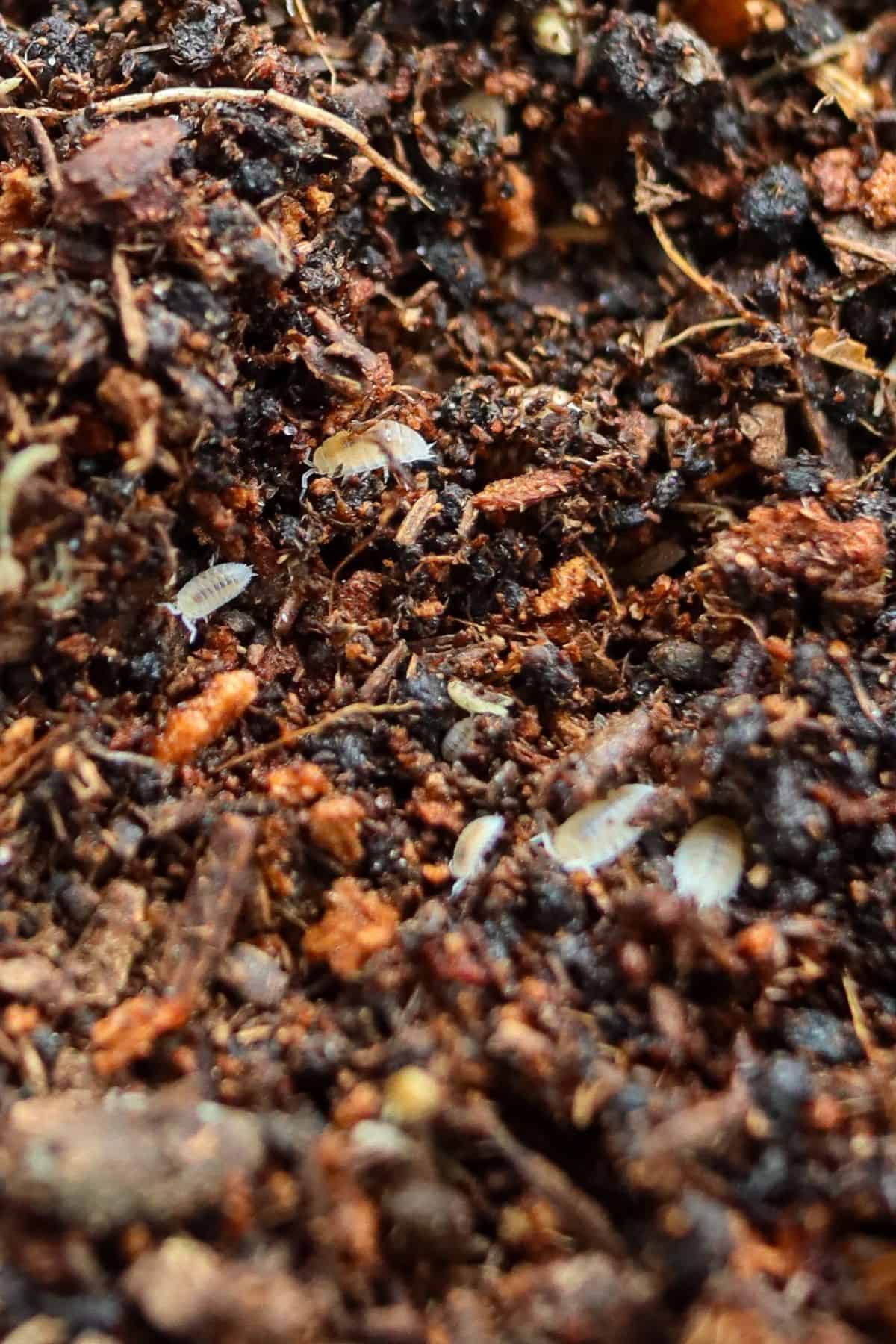
3. Nutrition
A nutritious substrate is one of the staple elements of an isopod diet.
While different types of leaf litter and decomposing wood tend to be the primary food sources in a culture (followed by additional supplementation of food scraps or dedicated isopod foods), a nutritious substrate can provide a well-balanced approach.
Not to mention a helpful backup should you forget to supplement…
You can add all kinds of organic components as a nutrition source, but some are definitely better than others from a longevity (and smell) point of view.

With that in mind, we’re ready to take a look at all of our isopod substrate options!
Common Isopod Substrate Ingredients
Sphagnum Moss
Sphagnum moss is an incredible organic material that has endless utility.
I like to think of it as the multitool of the terrarium world.
The fibrous strands have enormous water retention capacity, a light and fluffy texture (so they won’t compact too much), and they’re slow to degrade. Good news all around.
So, it’s no wonder that sphagnum moss has become the primary material for creating an isopod hydration area. Keepers love to add a handful of it to a corner of an enclosure, though you can also mix it in for a more even distribution of moisture.

It’s particularly good if you’re trying to establish a steep moisture gradient. You can keep just your sphagnum corner damp and the rest of the enclosure dry. Simple right?
Just make sure to find sustainably sourced sphagnum moss, as it’s slow to replenish naturally, e.g., our sphagnum moss!

Sphagnum Moss (Premium Long-Fiber)
High-quality, eco-friendly moss for optimal moisture retention.
Available on the Terrarium Tribe Store.
Peat Moss
Though peat moss comes from the same environment source as sphagnum, it’s more like a humus/compost that comes from the bed of the peat bog itself.
It’s essentially compressed organic material. With a fine powder consistency, it really is a fantastic isopod substrate (even on its own), and it’s used in a variety of popular mixes.
Isopods love to eat and burrow in it.
That said, it’s also a non-renewable material that’s terrible for the environment when harvested. So I don’t use or recommend it myself, not when there are good alternatives like worm castings.
Worm Castings (Vermicast)
There’s a lot to like about worm castings (besides the ick factor, of course).
As the biological waste of worms, worm castings are a nutrient-dense, highly renewable product. Coming in a fine powder form like coffee grounds, it’s of a somewhat similar consistency to peat moss.
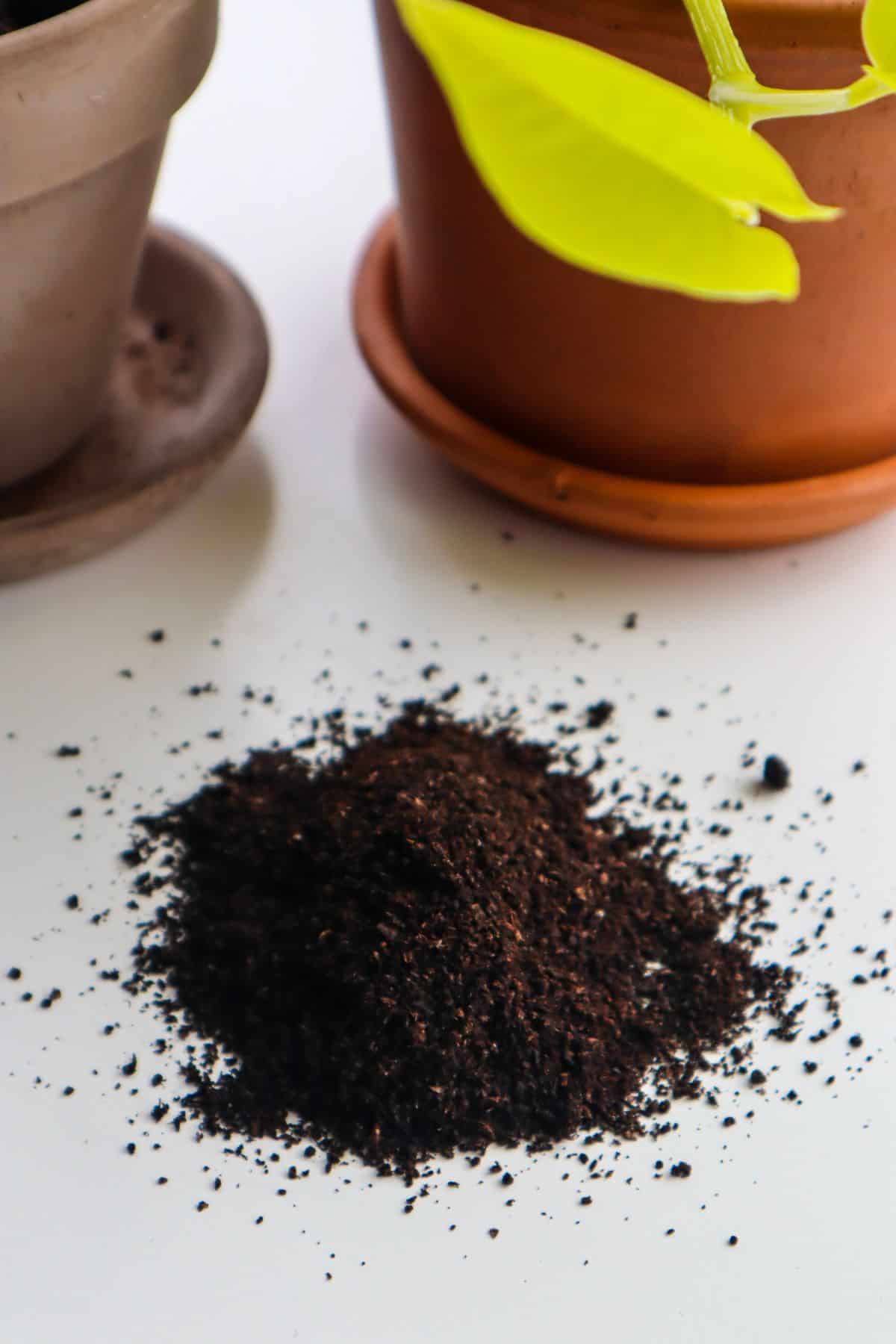
It’s my go-to choice for terrarium mixes as a natural fertilizer, and isopods love it too. For a terrarium mix, I tend to make worm castings about 10% of the overall mix, but for isopods, you can increase that by a large margin.
Bat guano is another common alternative – just pick your favorite poop!
Coco Coir
A bit of a contentious material in the isopod world, coco coir still gets plenty of use.
It’s a great base material in terrarium mixes as it’s stable, mold-resistant, and super water-retentive. However, some of those qualities don’t necessarily translate to isopod enclosures.
As a completely sterile material, isopods get no direct nutritional value from it at all. It’s also not going to cultivate any sort of bioactivity, i.e., produce any fungi or bacteria for them to feed on.
That said, coco coir can still be used to inexpensively “bulk out” an isopod substrate mix.
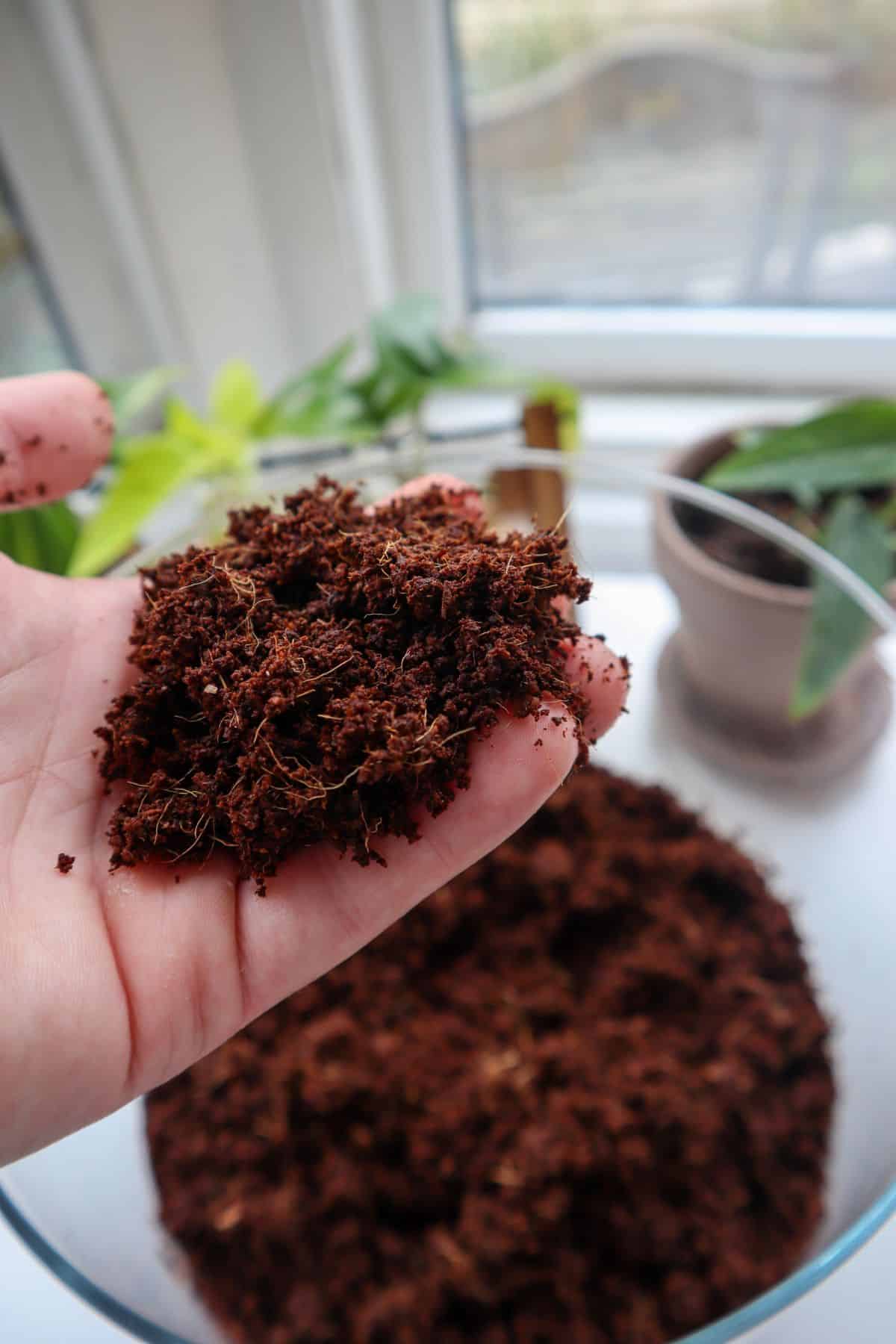
Orchid Bark
Isopods love to feed on decaying wood, and though orchid bark is technically bark and not wood, it’s still one of the better ways to replicate that inside the substrate.
It’s cheap, adds some great aeration to a substrate mix, and a little water retention.
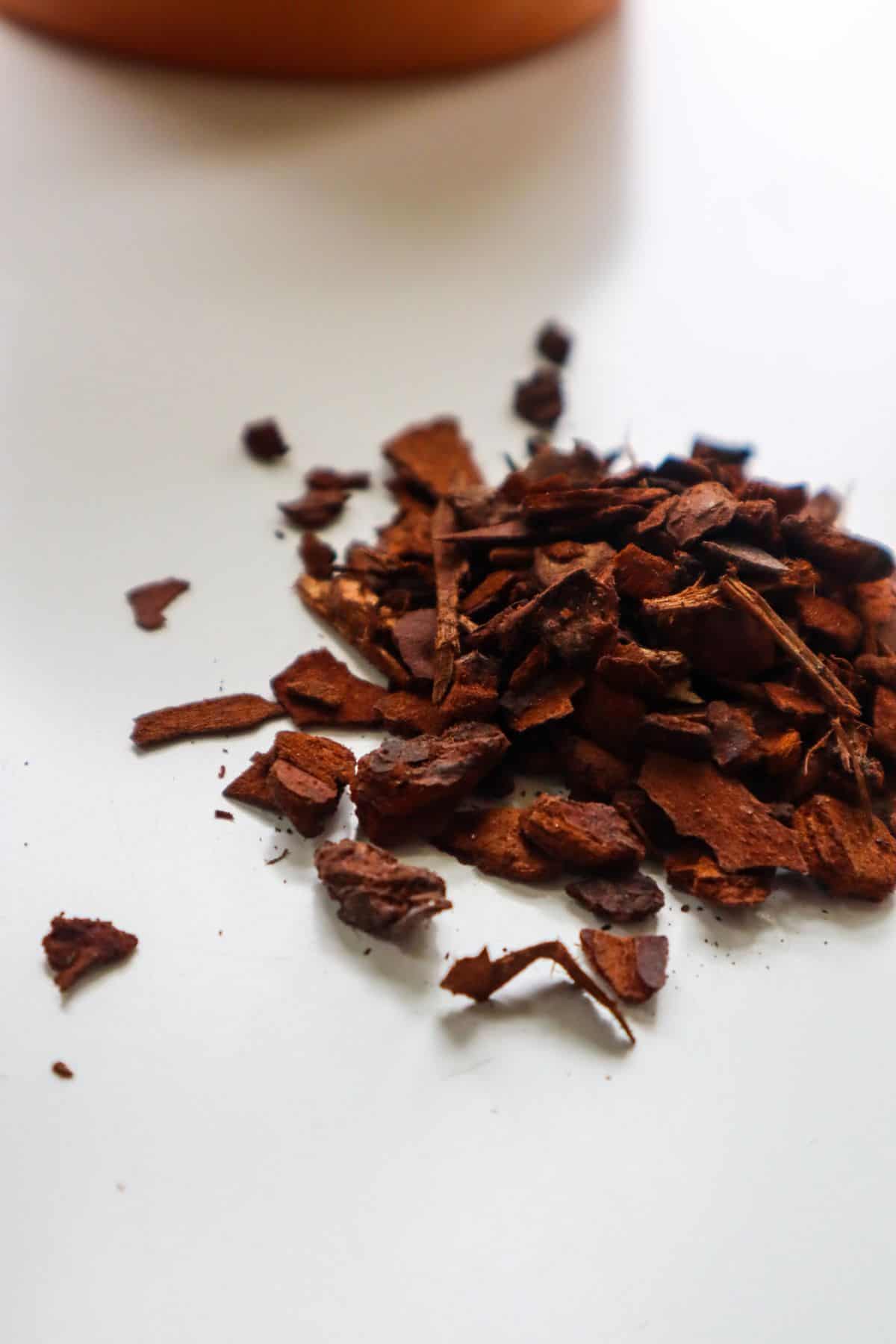
Naturally, you’ll want to add some actual chunks of decaying wood (and cork bark) too!
Flake Soil
Admittedly, I’m new to the concept of flake soil, but I did try some recently.
As I understand it, flake soil is a material that’s created to mimic the conditions of decaying organic wood on the forest floor. Which genuinely sounds perfect for isopods.
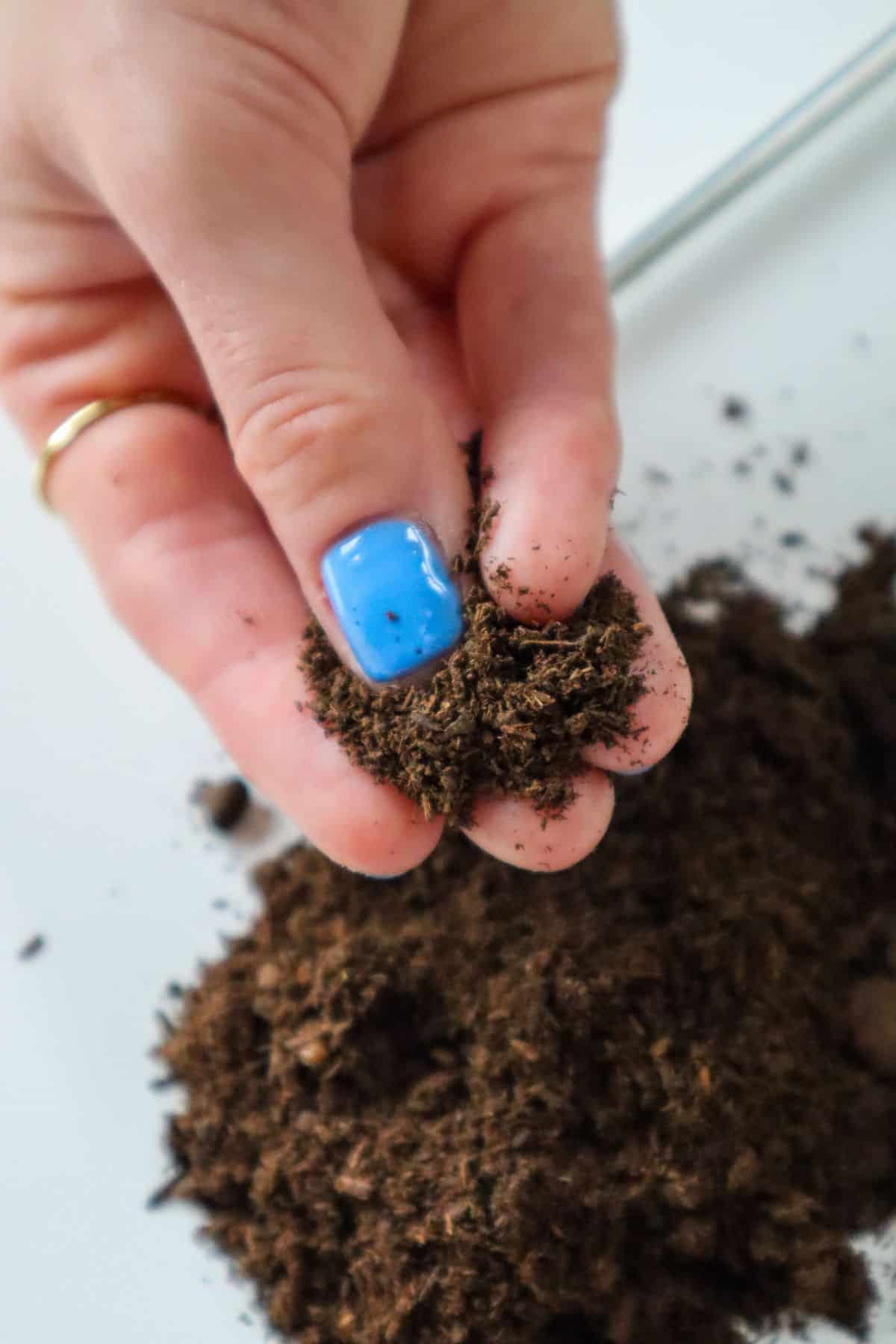
First developed for use with beetles in Japan, it’s becoming increasingly popular in the isopod world.
It’s essentially a fermented wood product, so it’s an interesting bioactive addition that adds both nutrition and structure to a mix. Though the exact raw materials and manufacturing process will change from brand to brand.
A lot of good substrate products come from Japan (e.g., Akadama bonsai soil), so I think flake soil might hold a lot of promise.
Isopod Substrate Mixes You Can Buy
ABG Mix
A good all-rounder in the terrarium hobby that has many positive qualities for isopods.
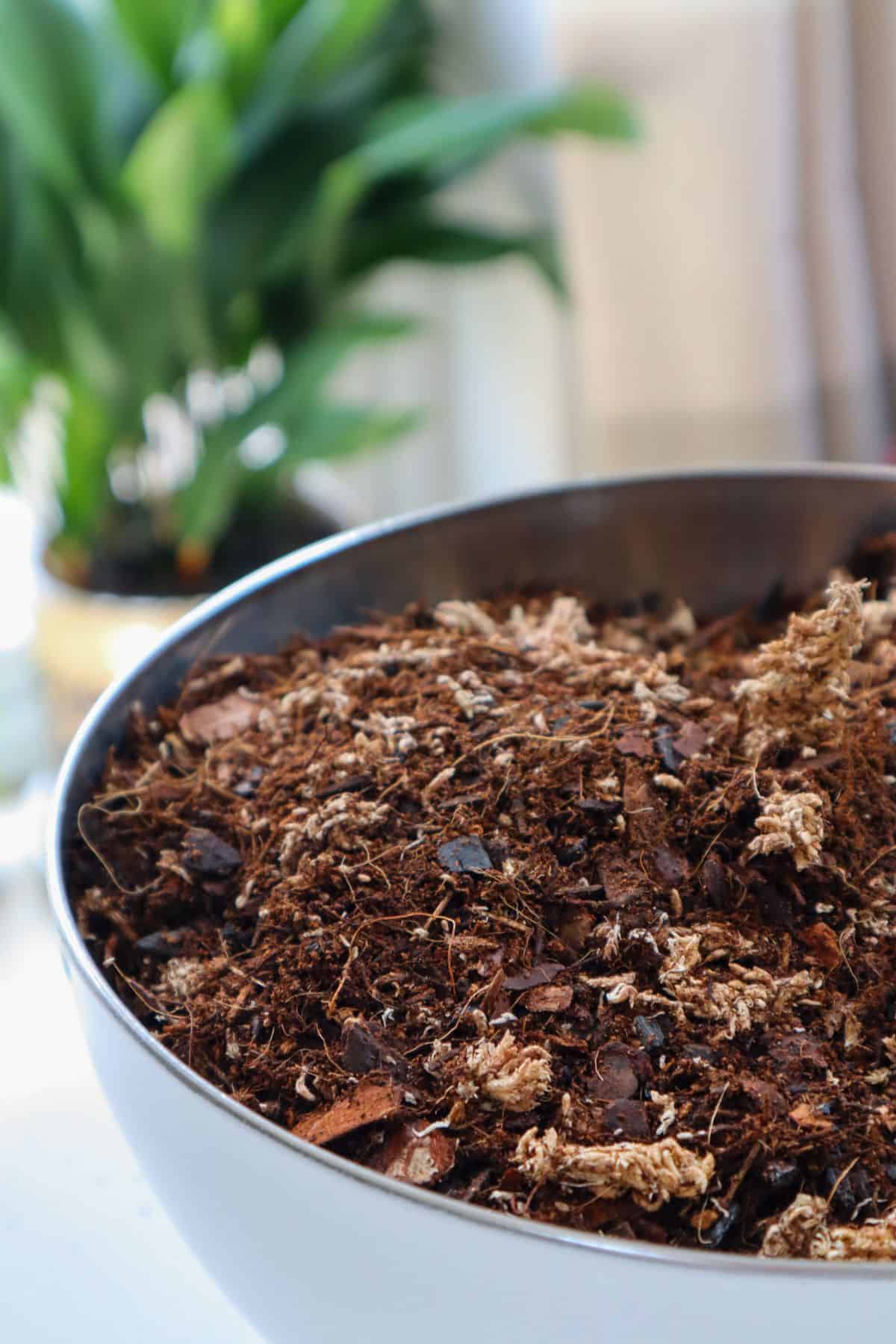
It contains some materials that isopods don’t need (e.g., horticultural charcoal) and lacks some of the more nuanced requirements of particular species (e.g., calcium sources for Cubaris species).
Alternatively, our bioactive substrate mix contains coir, orchid bark, and earthworm castings – so it covers a lot of bases in one mix.
Edible Substrate Mixes
For individual isopod cultures (i.e., without plants), you can go much heavier on the organic side.
That’s why you can buy mixes with a high proportion of blended isopod diet staples, like leaf litter and decaying wood.
Something like this edible flake soil substrate could be a great base.
What Comes Next?
We’ve covered a lot of ground in this isopod substrate guide, but for me, the biggest takeaway is not to overthink it.
If your substrate is an isopod culture in a larger terrarium ecosystem, there’s a lot to balance (between the needs of your critters and your plants). But for isolated cultures, you can’t go too wrong as long as you consider the key elements explained here and pick from these materials.

is sheet moss safe for isopods
Live sheet moss sure is!